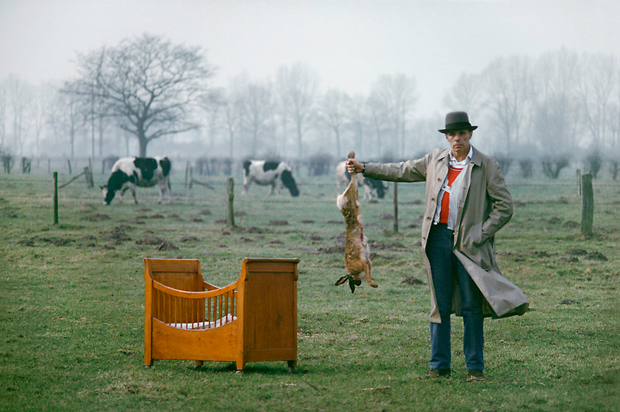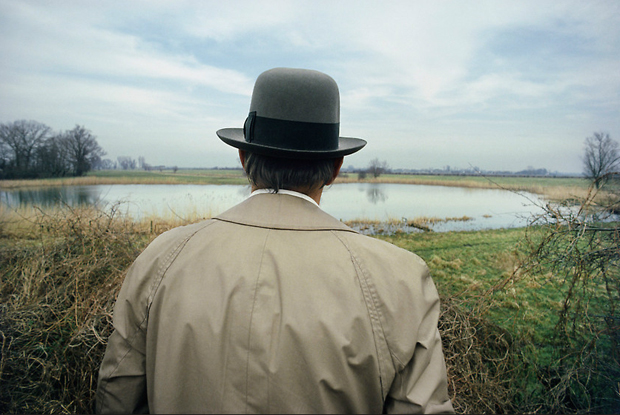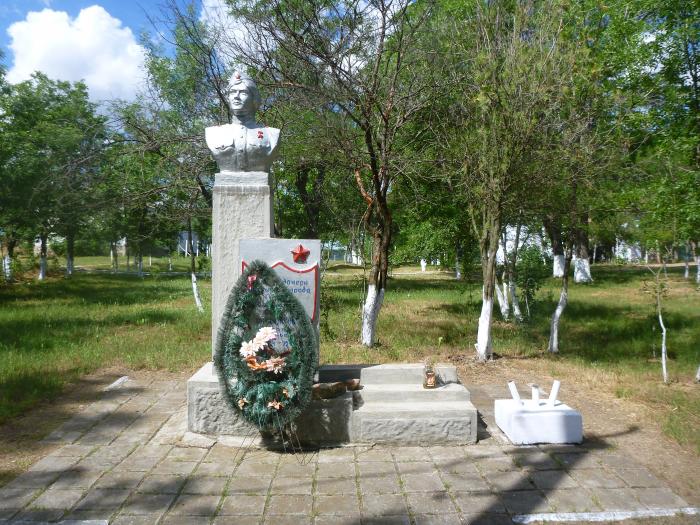
Joseph Beuys is a famous German artist, one of the main theorists of postmodernism, the founder of “fluxus” – a specific kind of performance art. He created his art objects from melted bacon, felt, felt and honey. One of his famous works is a 1965 project called “How to Explain Pictures to a Dead Hare”, where a master, covering his head with honey and gold foil, moves through the gallery from picture to picture, “explaining” to the dead hare what kind of canvases they are.


Joseph Beuys was born in 1921. When he was 15 years old, he became a member of the Hitler Youth and participated in a rally in Nuremberg. In 1941 he volunteered for the Luftwaffe. He began his military service as a radio operator in Poznan, and in 1942 he was deployed in the Crimea. From 1943 he became the rear gunner of the Ju 87 bomber.

On March 16, 1944, Boyce’s plane was shot down in the Crimea, – says Alisher Ilyasov. According to one of the versions, published by Viktor Samokhvalov in his book “The Psychic World of the Future”, the artist’s plane was shot down as a result of a ram over Lake Tobechik, near the village of Chengulek, by Soviet pilot Tatyana Kostyrina. Later, Chengulek in her honor was renamed into the village of Kostyrino.

According to legend, Kostyrina’s plane fell into the Kerch Strait, and Boyce’s plane ended up in the estuary and got stuck in the mud. He was picked up by local Tatars. They treated him with folk remedies, using honey, ghee and felt, which the master later brought into his own art. Boyce was among the Tatars for a long time. He remembered nothing, walked in the skin, even learned to speak Tatar, while completely forgetting German speech. He became a local fool, grazing goats in the steppes by the sea. Throughout his subsequent life, Boyce dreamed of reconstructing his Crimean past, bu he could not do it.
Today Kostyrino is a few dilapidated houses. The main attraction is the psychiatric hospital, through which almost all the drinking population of the area passed. Behind the white brick walls is a monument to Tatiana Kostyrina, Hero of the Soviet Union. A little further away is a salt lake and a mud volcano.

The joint German-Crimean expedition began work on March 9, 2000. In March 2002, the final line was drawn. Scientists made the following conclusions: Boyce was not a pilot, but a gunner or radio operator, a non-commissioned officer. During the disaster, Boyce’s bomber was carrying out a combat mission, probably in the area of Lake Sivash. Moreover, the disaster did not occur in 1943, but on March 16, 1944, at 11:45 am.

Joseph Beuys remembered his stay in Crimea and his return home only many years later. His memories are associated with violent dreams in which he spoke in a language unknown to him. Linguists recognized the Crimean Tatar language in this language. As a result, Boyes restored in his memory the events that happened to him in the Crimea. He remembered his escape, the way home in some kind of carriages, a long, months-long journey. I remembered how I got to Austria. Only in Austria he was able to remember who he was, to remember the previously forgotten German language, but how he got from Austria to his home, he did not understand. After a period of adaptation, he suddenly began to produce his conceptual ideas and draw.